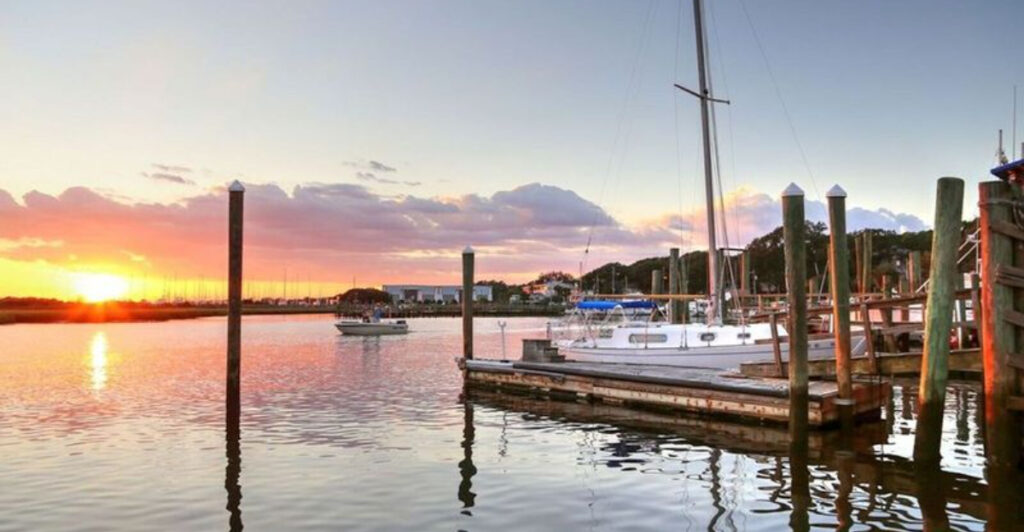The Gullah-Geechee Seafood Trail stretches along the southeastern coast from North Carolina to Florida, celebrating a unique African American coastal culture. This cultural journey connects visitors with authentic seafood traditions maintained by descendants of enslaved West Africans. From small family restaurants to hands-on fishing experiences, the trail offers a delicious way to understand how food preserves heritage.
1. Georgetown, SC – Where Stories Flavor the Food
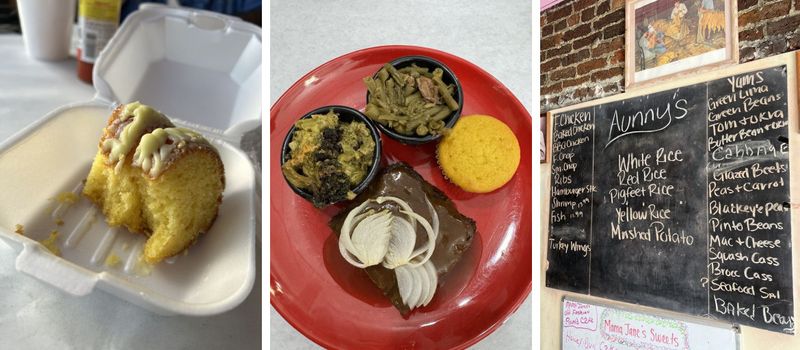
Once the heart of rice plantation country, Georgetown now serves as a vibrant hub for Gullah culinary traditions. Aunny’s Country Kitchen and Lamar’s Fish and Chips represent cornerstone establishments where recipes passed through generations take center stage.
The aromatic blend of seafood, rice, and vegetables fills these eateries where cooking techniques mirror those used during slavery times. Local chefs proudly incorporate okra, field peas, and sweet potatoes—crops with African origins—into their seafood creations.
Storytellers frequently visit these restaurants, weaving tales of resilience between courses of deviled crab and red rice. The waterfront location enhances every meal with views of the same waters that have sustained Gullah communities for centuries.
2. Charleston, SC – Historic Harbor of Gullah Gastronomy
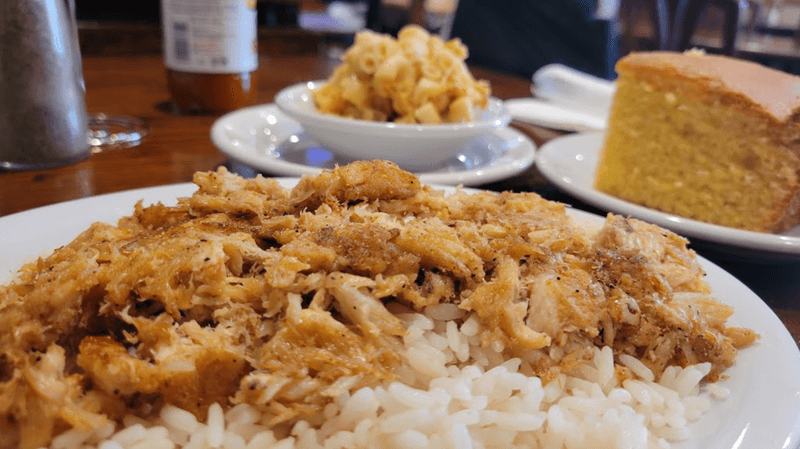
Charleston stands as the crown jewel of Gullah culinary preservation, with establishments like Hannibal’s Soul Kitchen serving as cultural anchors. The city’s historic markets once sold catches from enslaved fishermen; today, they showcase the enduring legacy of Gullah seafood traditions.
Crab rice—a simple yet profound dish of fresh blue crab meat mixed with rice and seasonings—represents Charleston’s signature Gullah contribution. The city’s narrow streets lead to unassuming eateries where cast iron skillets hold generations of flavor wisdom.
Seasonal oyster roasts bring communities together around steaming tables of cluster oysters harvested from nearby waters. These gatherings preserve communal eating traditions that date back to plantation work songs and celebrations.
3. Shallotte, NC – Gateway to Gullah Flavors
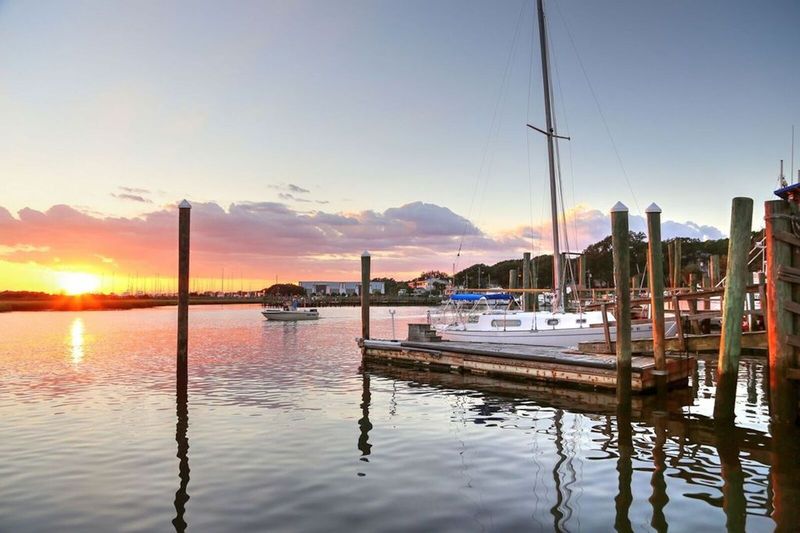
Marking the northern entrance to the Gullah-Geechee Seafood Trail, this charming coastal town welcomes travelers with the first taste of cultural richness ahead. Local seafood markets display fresh catches from multigenerational fishing families who practice traditional harvesting methods.
The town’s waterfront restaurants serve up classics like garlic blue crabs and shrimp perloo (rice dish) that showcase Gullah cooking techniques. Fishing boats line the harbor, many operated by families who’ve worked these waters for centuries.
Community elders sometimes gather at waterside spots, sharing stories that connect today’s seafood practices with ancestral African traditions that survived the Middle Passage and plantation era.
4. St. Helena Island, SC – Heartland of Authentic Recipes
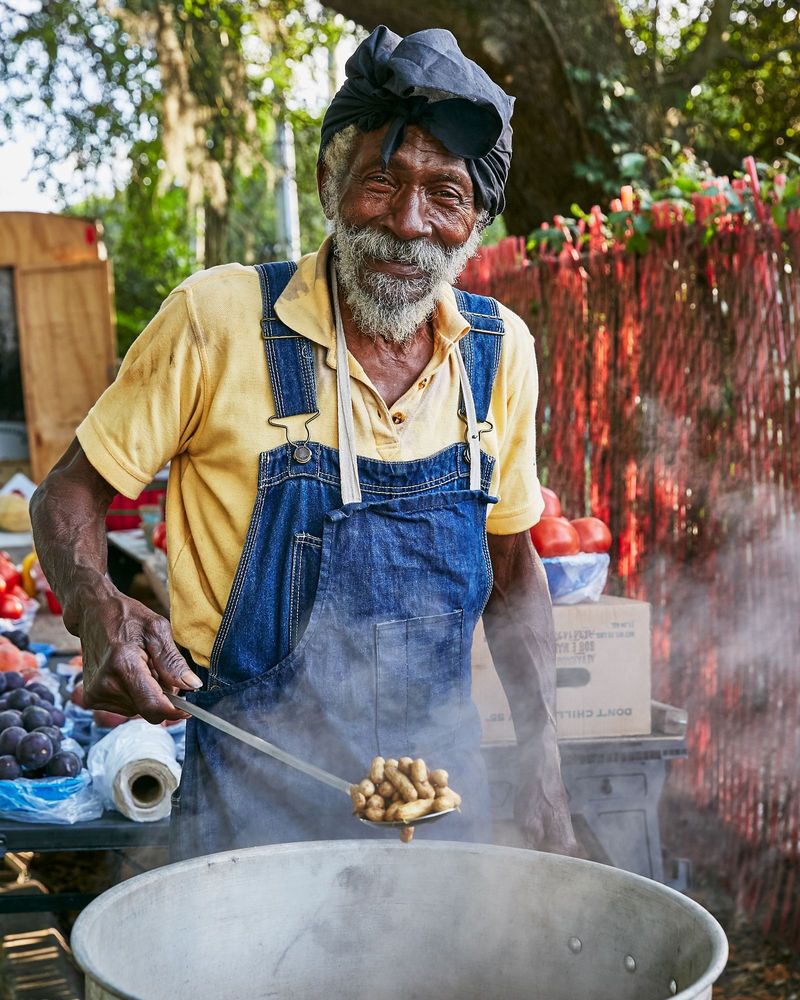
No location holds deeper connections to Gullah culinary heritage than St. Helena Island. This sea island community has maintained relative isolation since emancipation, preserving cooking methods with minimal outside influence.
Gullah Grub pop-up events showcase dishes where seafood meets field vegetables in harmonious combinations. Oyster stew thickened with benne (sesame) seeds and shrimp paired with field peas represent staples at these gatherings.
The Penn Center, established as one of the first schools for freed slaves, now hosts food demonstrations where elders teach younger generations. Fishing techniques demonstrated along the shore reveal sustainable practices that predate modern conservation efforts, connecting visitors to centuries-old wisdom about respectful harvesting.
5. Hannibal’s Kitchen – Charleston’s Seafood Sanctuary
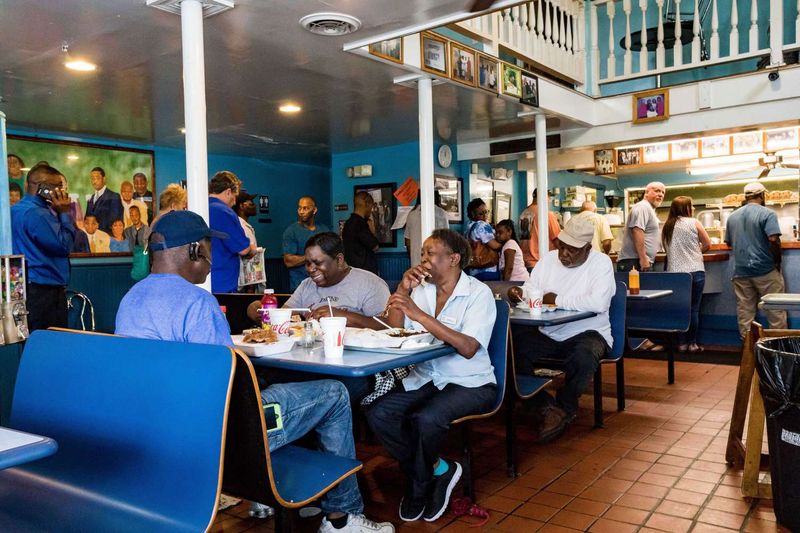
Family-owned since 1985, Hannibal’s Kitchen represents the soul of Charleston’s Gullah food scene. The unassuming cinder block building houses culinary treasures like shark steak and crab rice that draw both locals and food pilgrims seeking authentic tastes.
Third-generation cook Ruby Gadson maintains recipes developed during times when enslaved cooks transformed humble ingredients into masterpieces. The restaurant’s walls display photos documenting the family’s fishing heritage and community involvement.
Morning hours reveal fishermen delivering fresh catches directly to the kitchen door, maintaining farm-to-table practices that predate the modern movement. Regulars know to request special items like garlic crabs—not listed on the menu—that represent the deepest traditions of Gullah seafood preparation.
6. Donnie’s Grill & The Gullah Grub – Bucksport Treasures
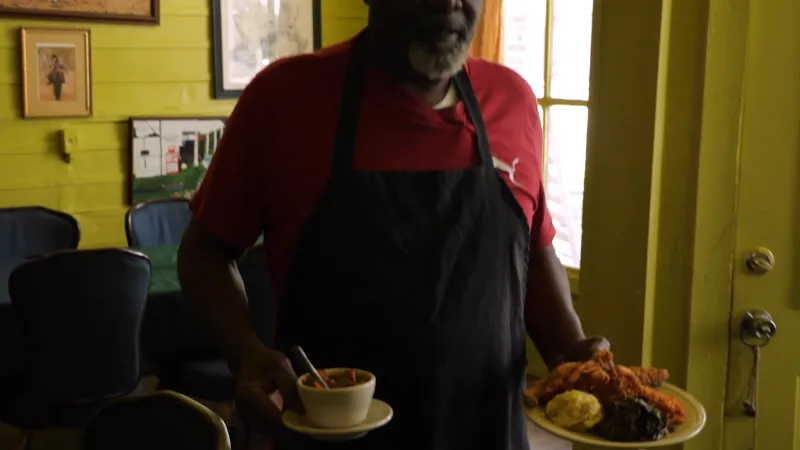
These Gullah-owned establishments in Bucksport showcase how seafood traditions adapt while maintaining cultural authenticity. Both restaurants feature prominently on the official trail map under “Taste the Culture” designations, serving as community gathering spaces.
The Gullah Grub specializes in shrimp and grits prepared with stone-ground hominy and fresh-caught local shrimp. Donnie’s Grill offers a more casual atmosphere where fried whiting sandwiches and deviled crab remain staples for locals and visitors alike.
Both kitchens maintain the Gullah tradition of cooking with “a pinch of this and a dash of that”—measurements passed through generations rather than written recipes. Weekend evenings often feature local musicians playing Gullah spirituals and work songs, creating a complete cultural experience around the meal.
7. Casual Crabbing with Tia – Hands-on Heritage
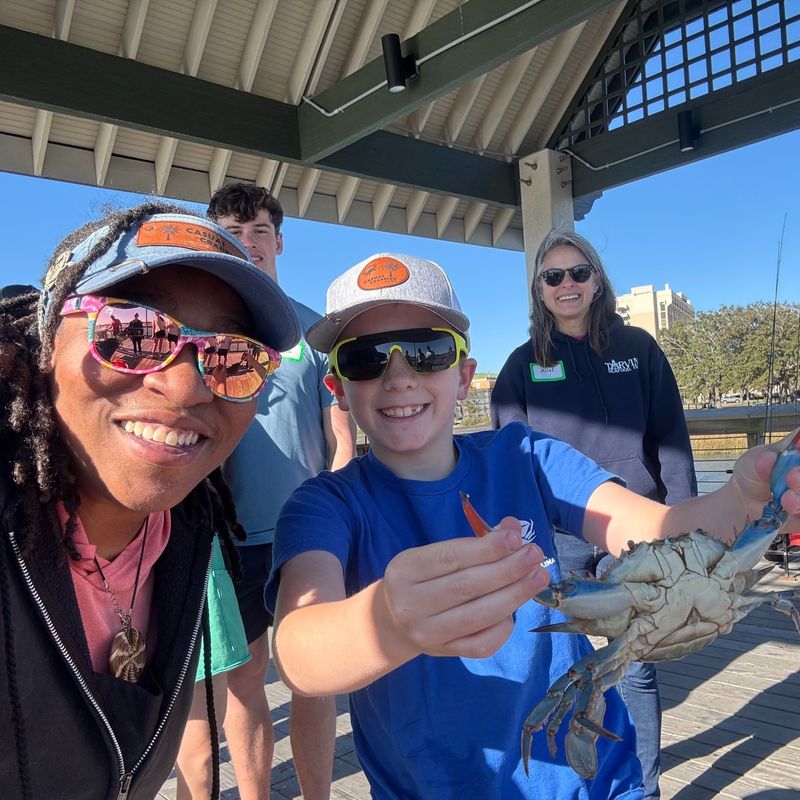
Tia Clark transforms traditional subsistence fishing into an interactive cultural experience in Plantersville. Visitors wade into tidal creeks with handmade crab nets, learning techniques passed down through generations of Gullah fisherfolk.
More than just catching seafood, Tia shares stories of how crabbing sustained her family through economic hardships. The experience includes lessons about tidal patterns, crab behavior, and sustainable harvesting practices that have allowed Gullah communities to thrive without depleting natural resources.
After the catch, participants learn traditional preparation methods that maximize flavor while honoring the sacrifice of each creature. Many leave with a profound appreciation for the connection between food, environment, and culture that defines Gullah heritage.
8. Sweetgrass Basket & Cast-Net Demonstrations – Crafting Culture
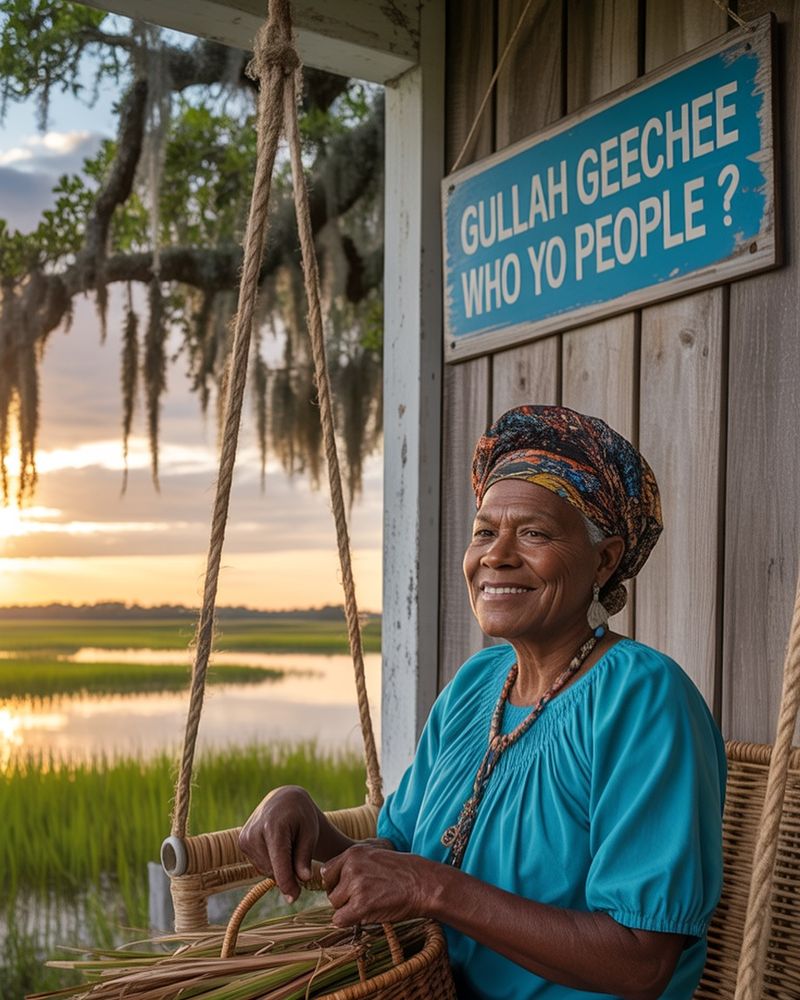
The tools of Gullah seafood harvesting become art forms through demonstrations that connect practical function with cultural expression. Master basket weavers transform sweetgrass, palmetto fronds, and pine needles into fish baskets and winnowing fans used to separate rice—the perfect companion to seafood.
Cast-net makers demonstrate the intricate process of knotting nets by hand, a skill that once determined a family’s ability to feed themselves. Visitors often witness the mesmerizing circular throw of these nets over shallow waters, a technique requiring years to master.
Many artisans sell their creations, allowing visitors to take home functional pieces of living heritage. These demonstrations reveal how Gullah communities maintained African craft traditions while adapting them to coastal Carolina environments.
9. Working Watermen – Guardians of Gullah Fishing Ways
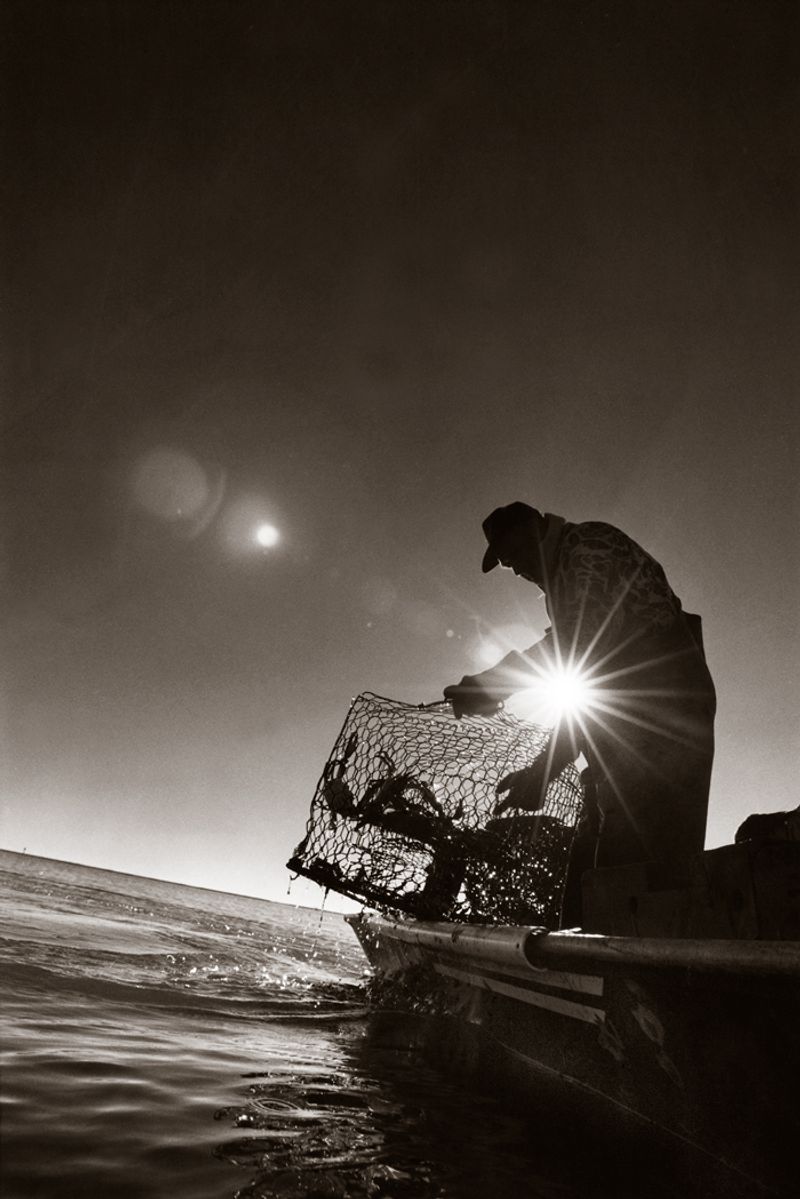
The backbone of the Seafood Trail, multi-generational fishing families continue harvesting methods developed during slavery times. These watermen rise before dawn to check crab pots, cast nets for shrimp, or harvest oysters using techniques that minimize environmental impact.
Many operate small boats from family docks, selling directly to local restaurants or at roadside stands. Their knowledge of tidal creeks, weather patterns, and seasonal migrations represents an oral tradition rarely documented in writing.
Some fishing families offer early morning ride-alongs where visitors experience authentic harvesting firsthand. These excursions reveal how Gullah fishing practices have always embodied sustainability principles, taking only what’s needed and ensuring future harvests through selective catching methods.
10. Gullah Oral History & Storytelling – Flavors Beyond Food
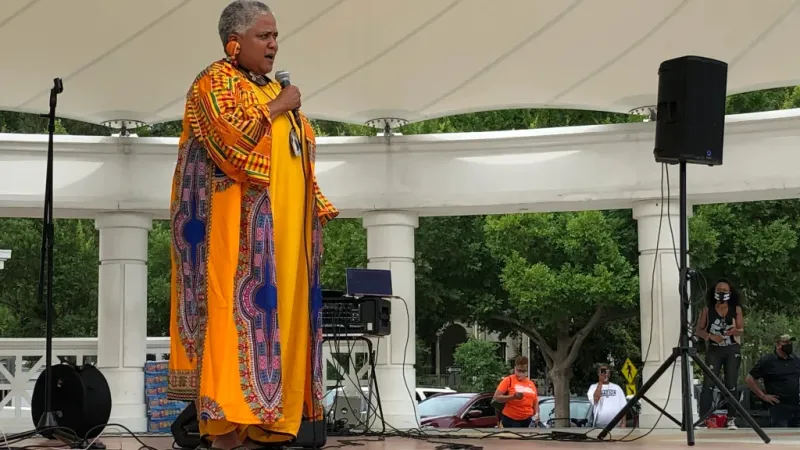
Food becomes meaningful through the stories surrounding it, and “Gullah Geechee Voices” stops along the trail preserve these narratives. Elder storytellers recall childhood memories of grandmothers cooking over wood fires and fathers returning with bountiful catches during community gatherings.
These oral historians explain how certain dishes sustained families during difficult times or were reserved for celebrations. Many share how cooking techniques served as coded language during slavery, with recipes containing hidden messages about freedom routes.
Recorded interviews play at designated stops, allowing visitors to hear authentic Gullah language with its melodic rhythms and distinctive vocabulary. These stories transform simple seafood dishes into powerful symbols of cultural resilience and community bonds.
11. Rice Museum & Cultural Centers – Contextualizing Cuisine
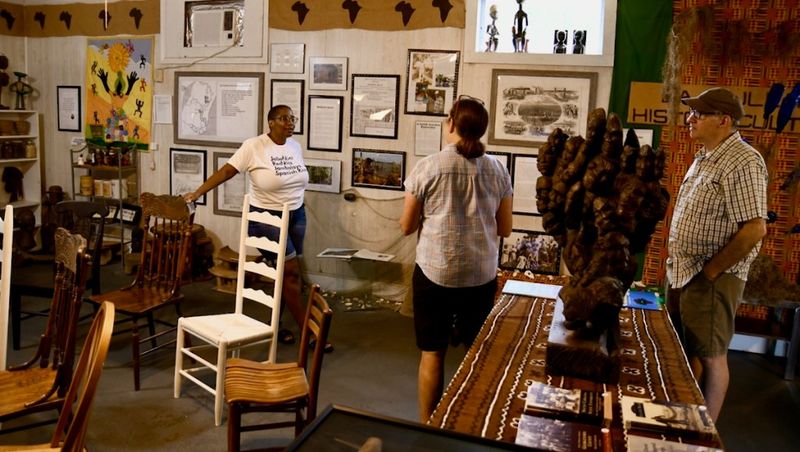
Georgetown’s Rice Museum anchors the historical context for Gullah seafood traditions, explaining how rice cultivation created the conditions for this unique coastal culture. Exhibits demonstrate how enslaved Africans from rice-growing regions created innovative tools and techniques that made plantation owners wealthy.
Interactive displays show how seafood complemented rice in Gullah diets, creating distinctive flavor combinations. Artifacts include handmade fishing equipment, cooking utensils, and preservation tools that allowed communities to maintain food security.
The museum’s Prevost Gallery features changing exhibits on contemporary Gullah culture, including food festivals and community gatherings. Educational programs teach visitors about the environmental knowledge embedded in traditional Gullah fishing and farming practices.
12. Seafood Festivals & Cook-Offs – Community Celebrations
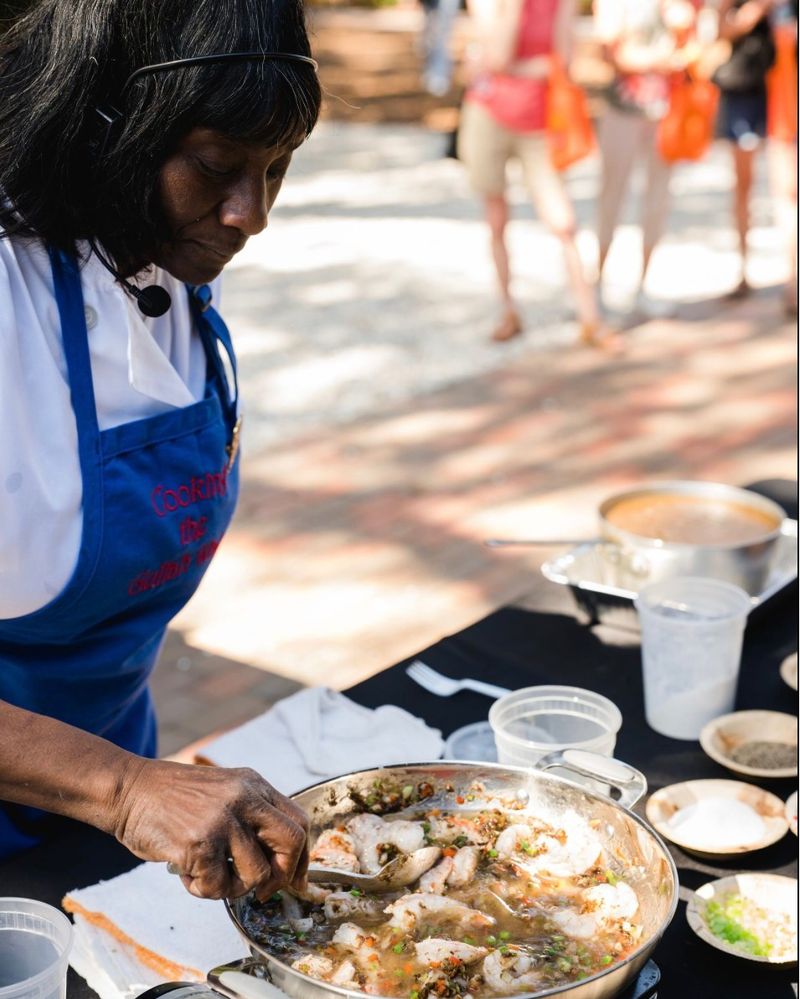
Annual events like the Original Gullah Festival and Beaufort Shrimp Festival transform Gullah food traditions into community celebrations. These gatherings feature cooking demonstrations where master chefs reveal closely guarded family recipes for dishes like Frogmore stew and oyster pilau.
Cook-off competitions showcase innovative interpretations of traditional dishes, with judges evaluating both flavor and cultural authenticity. Festival-goers sample small portions from multiple vendors, experiencing regional variations in similar dishes.
Beyond food, these festivals feature craft demonstrations, music performances, and children’s activities that ensure cultural transmission to younger generations. Many culminate in community meals where long tables fill with shared dishes, recreating the communal dining traditions that strengthened Gullah communities through centuries of hardship.
13. Cultural Preservation Partners – Sustaining Traditions

The Gullah Geechee Chamber of Commerce initiated the Seafood Trail with critical support from organizations committed to cultural preservation. The S.C. Sea Grant Consortium provides scientific research on sustainable fishing practices while the National Oceanic and Atmospheric Administration (NOAA) contributes environmental expertise.
The WeGOJA Foundation documents oral histories and traditional knowledge from elder community members. Coastal Carolina University students conduct fieldwork along the trail, recording recipes and techniques before they disappear.
These partnerships ensure that Gullah foodways receive recognition as living cultural treasures rather than historical curiosities. Their collaborative approach addresses both cultural preservation and economic development, creating opportunities for Gullah communities to benefit from sharing their heritage.
14. Brunswick, GA – Southern Anchor of Flavors
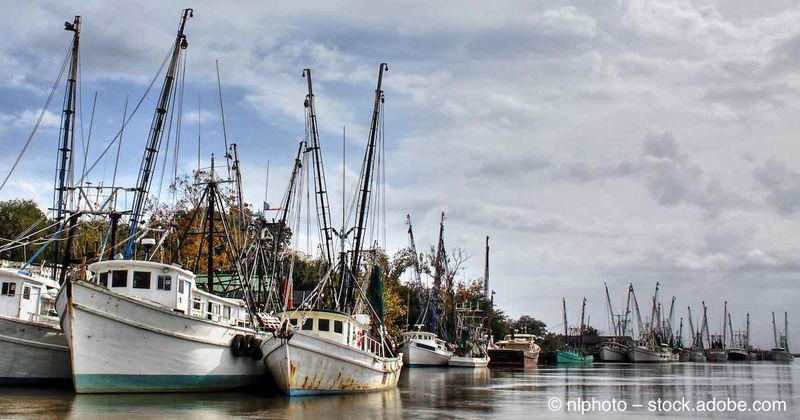
The official southern terminus of the trail, Brunswick showcases Georgia’s distinctive contributions to Gullah seafood traditions. The port city’s proximity to the Golden Isles created unique fishing practices adapted to barrier island environments.
Local specialties include Brunswick stew—originally made with wild game but now often featuring seafood—and deviled crab served in shells. Historic Hofwyl-Broadfield Plantation hosts demonstrations of rice cultivation methods that shaped regional cooking styles.
The Brunswick waterfront features docks where shrimp boats still unload daily catches, supplying local restaurants with fresh ingredients. Community elders recall when separate seafood markets served Black and white communities, sharing stories of how food businesses helped build economic independence during segregation.
15. Economic Revival Through Culinary Heritage
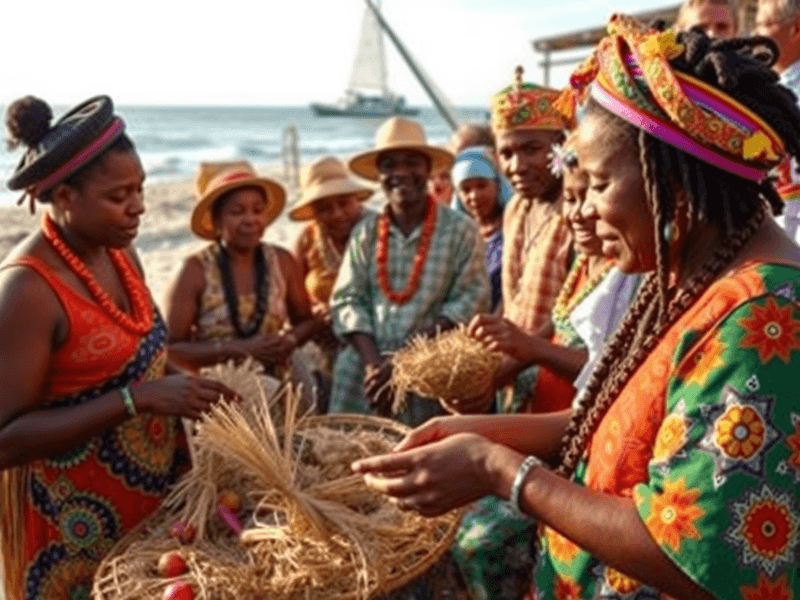
Beyond preserving recipes, the Seafood Trail creates economic opportunities for Gullah communities facing coastal development pressures. Family-owned restaurants receive marketing support and technical assistance to maintain authentic offerings while meeting modern business demands.
Artisanal producers of seafood products—like oyster knife makers and specialty hot sauce creators—find new markets through trail connections. Young entrepreneurs launch food trucks and catering businesses featuring traditional recipes with contemporary presentations.
Trail organizers prioritize equitable tourism that returns financial benefits directly to Gullah communities. This approach helps preserve traditional fishing villages by making cultural knowledge economically valuable, allowing families to maintain coastal properties despite rising taxes and development pressures.

